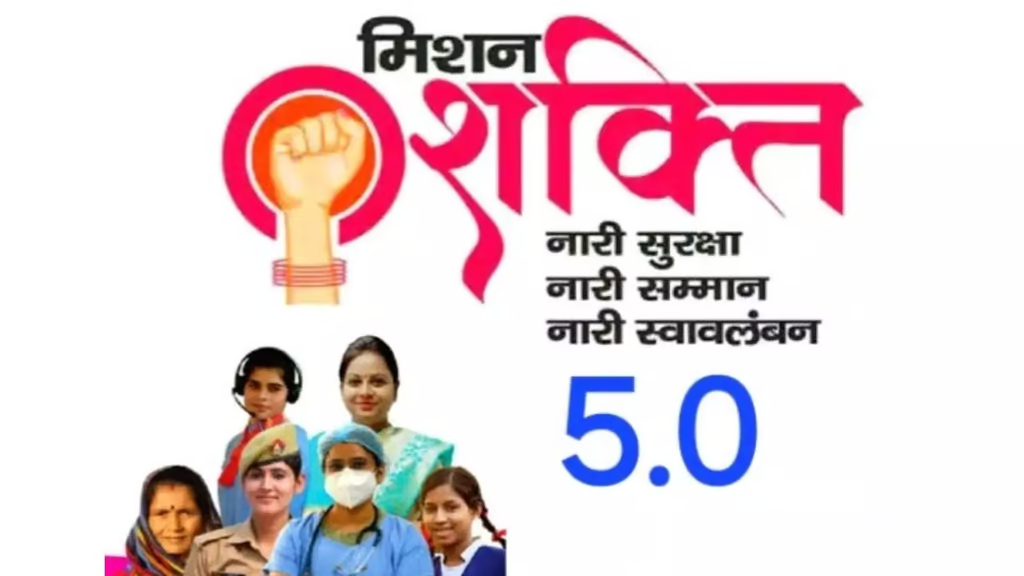Uttar Pradesh Switch to Hindi
Sakhi Niwas Hostels
Why in News?
Recently, the Uttar Pradesh government launched a new phase of its Mission Shakti initiative, aiming to provide safe housing for working women.
Key Points
- 18 new Sakhi Niwas hostels will be opened by October 2024, under Mission Shakti 5.0 in cities like Varanasi, Lucknow and Noida.
- Program offers safe, affordable housing near workplaces for working women.
- Each hostel will accommodate 50 women, and married women can house children (up to 18 years for daughters, 12 years for sons).
- Central and state governments co-fund the project.
- "Nari Shakti 5.0" is a campaign by the Uttar Pradesh government.
- The aim is to enhance the safety and awareness of women and children.
Mission Shakti
- About: Mission Shakti’ is a scheme of the Ministry of Women and Child Development aimed at strengthening interventions for women safety, security and empowerment.
- It seeks to realise the Government’s commitment for “women-led development‟ by addressing issues affecting women on a life-cycle continuum basis and by making them equal partners in nation-building through convergence and citizen-ownership.
- Sub-Schemes: It has two sub-schemes - 'Sambal' and 'Samarthya'. While the "Sambal" sub-scheme is for safety and security of women, the "Samarthya" sub-scheme is for empowerment of women.
- Sambhal:
- The components of 'Sambal' sub-scheme consist of erstwhile schemes of One Stop Centre (OSC), Women Helpline (WHL), Beti Bachao Beti Padhao (BBBP) with a new component of Nari Adalats - women's collectives to promote and facilitate alternative dispute resolution and gender justice in society and within families.
- Samarthya:
- The components of 'Samarthya' sub-scheme consist of erstwhile schemes of Ujjwala, Swadhar Greh and Working Women Hostel have been included with modifications.
- In addition, the existing schemes of National Creche Scheme for children of working mothers and Pradhan Mantri Matru Vandana Yojana under umbrella ICDS have now been included in Samarthya.
- A new component of Gap Funding for Economic Empowerment has also been added in the Samarthya Scheme.
- Sambhal:
Uttar Pradesh Switch to Hindi
Public Holiday for Navami in UP
Why in News?
Recently, the Uttar Pradesh government declared a public holiday on 11th October, 2024, in observance of Navami, a significant day in Hindu traditions.
Key Points
- Navami marks the end of Navratri with rituals like ‘Kanya Bhoj’ and havan (sacred fire ceremonies).
- In the Hindu calendar, Navami is the ninth day of the lunar fortnight (Paksha). Each month has two Navami days, one on the ninth day of the "bright" (Shukla) fortnight and one on the ninth day of the "dark" (Krishna) fortnight.
- Navami is also associated with two festivals in Hinduism.
- Maha Navami: The ninth day of Sharad Navratri, Maha Navami commemorates the day when Goddess Durga defeated the demon Mahishasura. It symbolizes the triumph of good over evil.
- Ram Navami: A festival that celebrates the birth of Lord Rama.
Classification of Calendars in India
| Calendar | Type | Zero Year | Origin | Key Features |
| Vikram Samvat | Hindu Lunar Calendar | 57 B.C. | Introduced by King Vikramaditya after victory over Sakas | Lunar-based; 12 months with 354 days; divided into Shuklapaksha (bright half) and Krishnapaksha (dark half); 13th month (Adhik Mass) in certain years. |
| Saka Samvat | Hindu Solar Calendar | 78 A.D. | Introduced by Saka rulers after defeating the Kushanas | Solar-based; adopted as the official calendar of India in 1957; each year has 365 days. |
| Hijri Calendar | Islamic Lunar Calendar | 622 A.D. | Originated in Saudi Arabia | Lunar-based; 12 months with 354 days; the 9th month, Ramzaan, is observed for fasting. |
| Gregorian Calendar | Scientific Solar Calendar | 1582 A.D. | Introduced by Pope Gregory XIII | Solar-based; replaced the Julian calendar; civil calendar in use today; 365 days with leap years to correct for 365.25 days. |




%20MPPCS%202025%20Desktop%20E.jpg)
%20MPPCS%202025%20Mobile%20E%20(1).jpg)










.png)
.png)











 PCS Parikshan
PCS Parikshan


